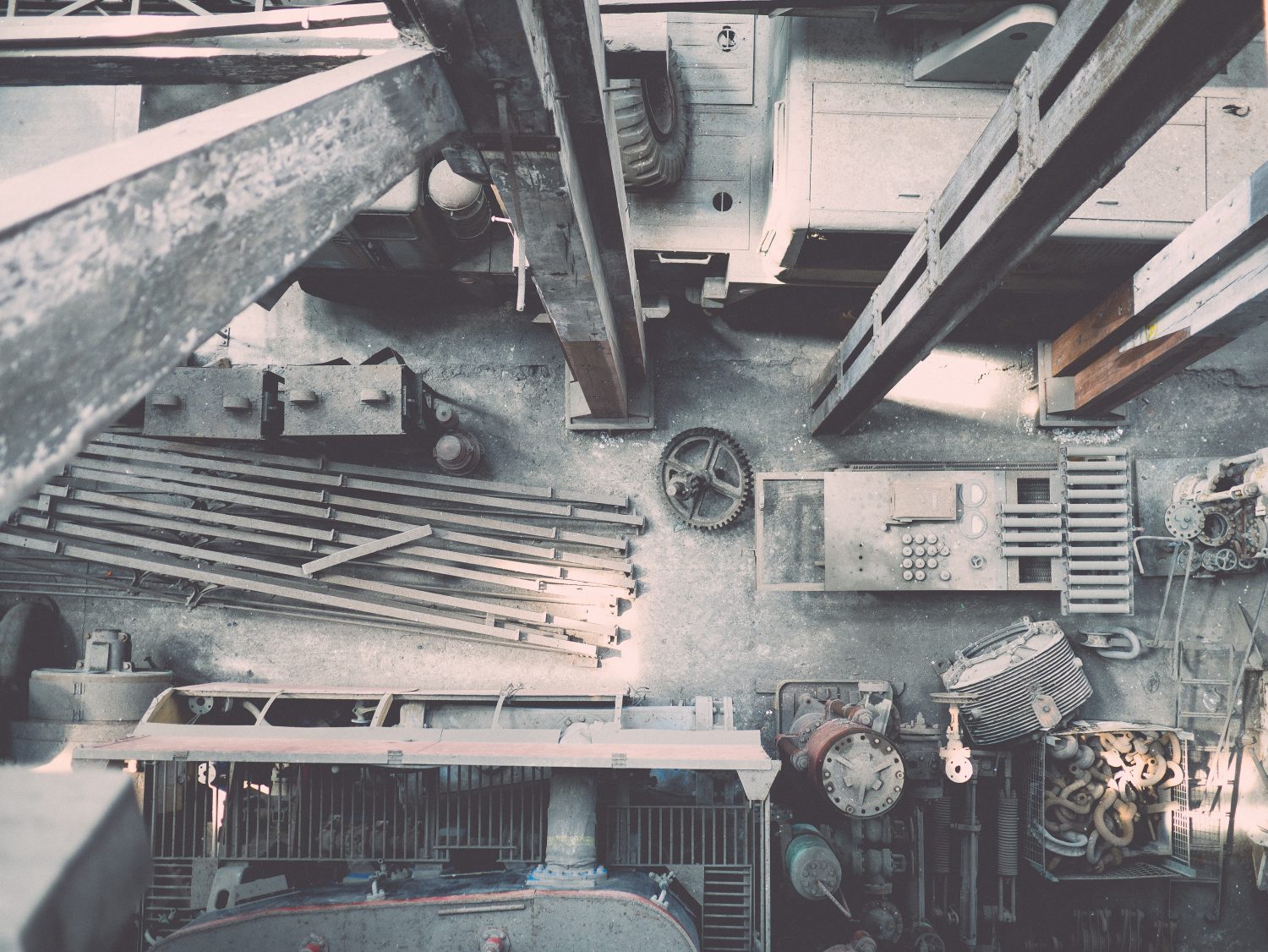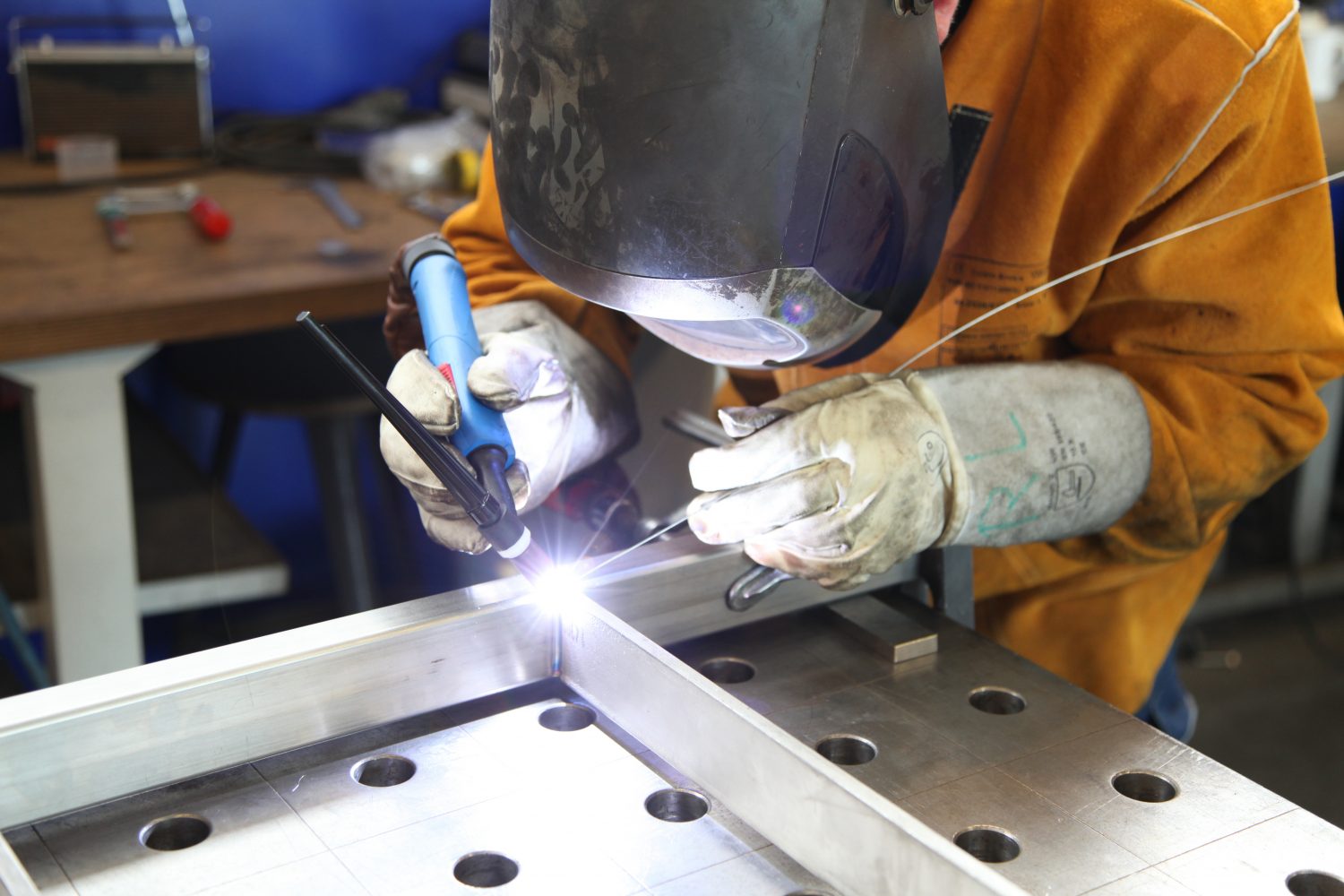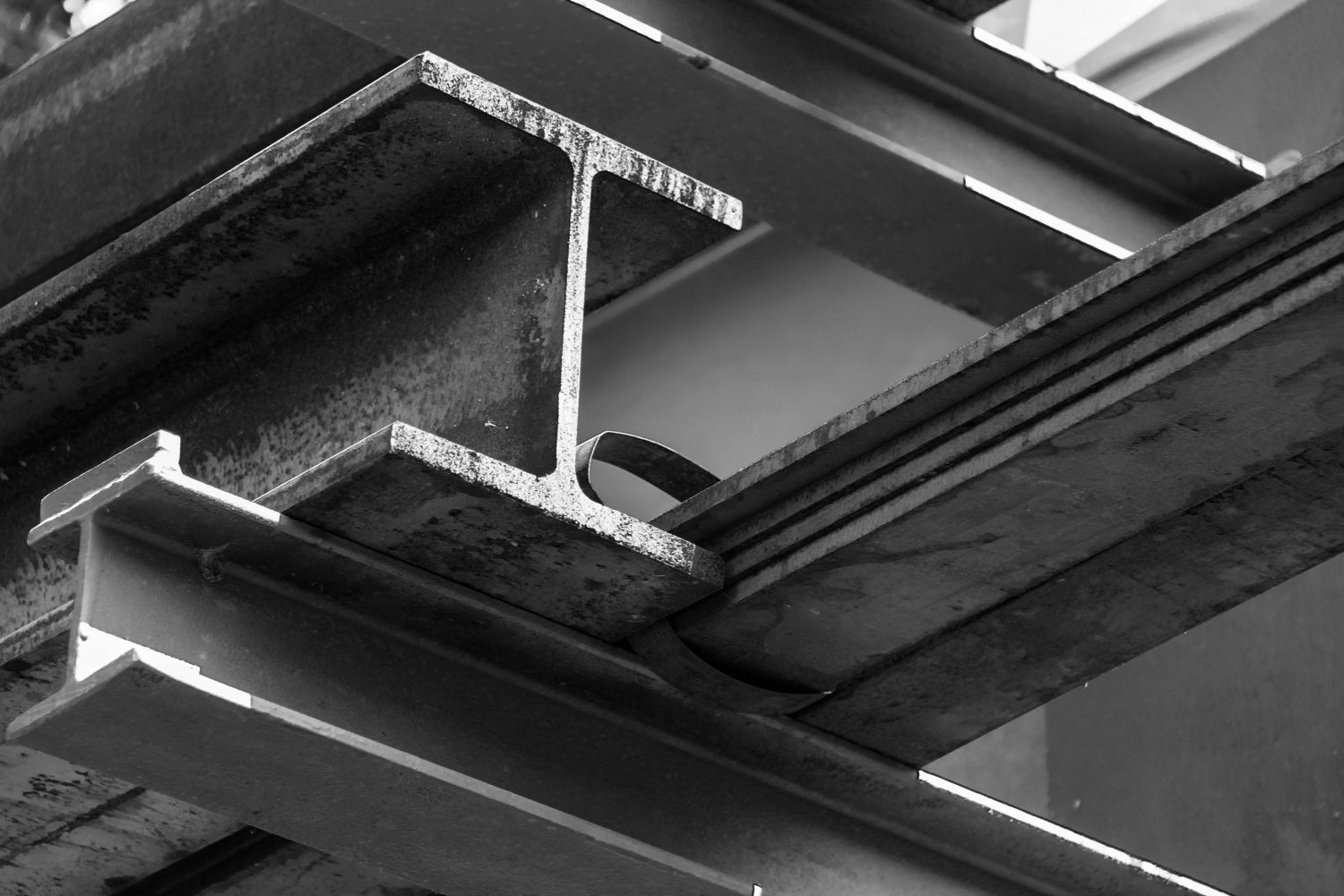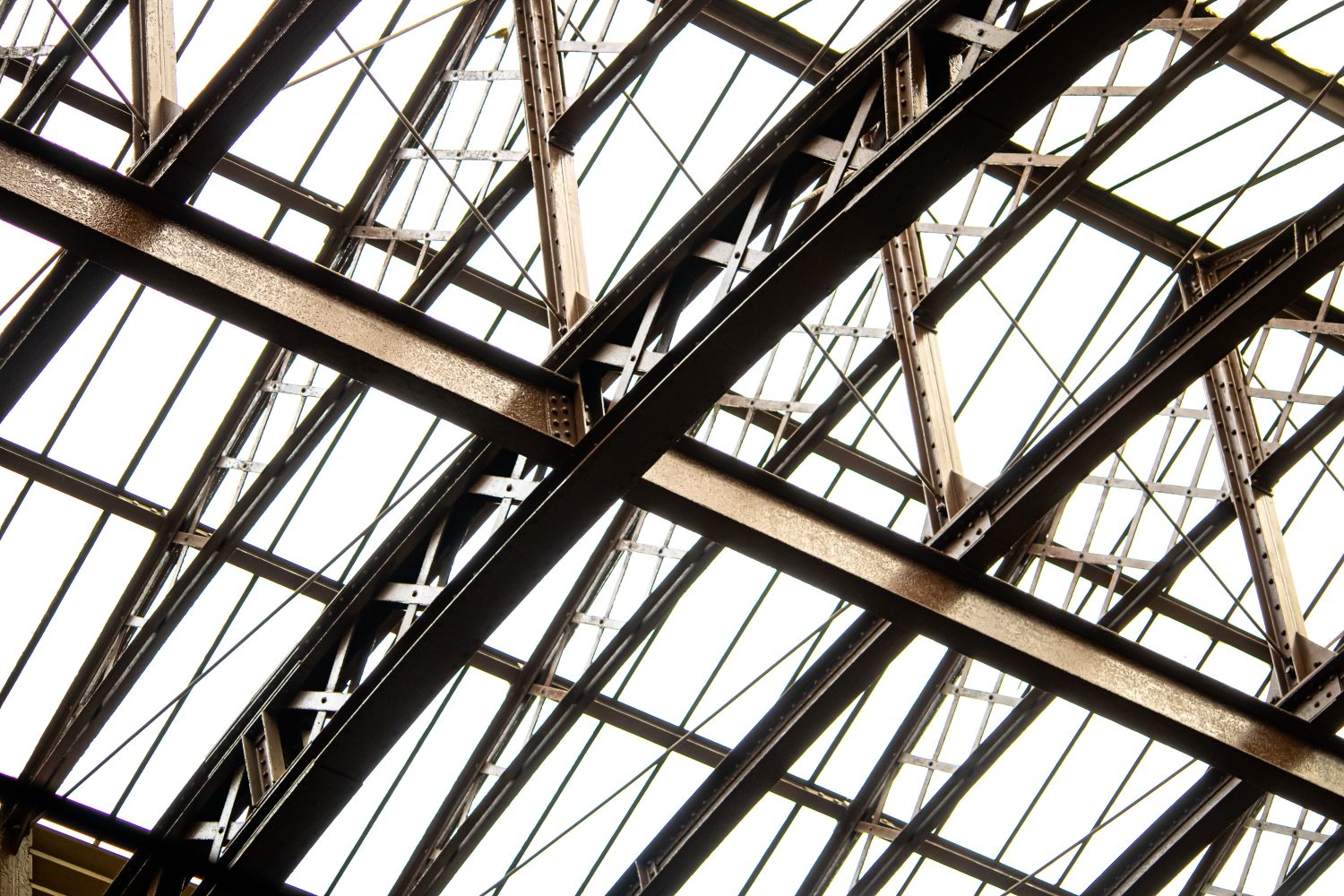Metal fabrication is the backbone of many industries due to its ability to create products with precision. This can either be done through bespoke fabrication or on a large scale. Regardless, skilled workers and cutting-edge automation ensures that work is completed to a high level of precision. Quality can be furthered with finishing processes and measures to meet industry regulation.
While many industries use metal fabrication on occasion, for some it is a vital service. In this, blog we’ll be discussing the industries that currently rely on metal fabrications.
Metal fabrication industries
Steel fabrication work products can serve many purposes dictated by the materials used. For instance, where electrical components require conductive materials, it is often best to be housed within a material that is not. Through modern fabrication tools and technologies, companies can access products of varying sizes too.
The list of industries that make use of metal fabrication services is large and ever growing. So, instead of featuring all of them, here are the top 3 industries relying on metal fabrication in their day-to-day operations.
Construction
Demand for steel fabrication is primarily driven by the construction industry. As a result, metal fabricators are experienced at working with architects and building engineers to provide structural steel fabrication services. Here, fabricators use their materials knowledge to provide recommendations on what will achieve the best results for the business.
Large scale construction projects require fabricated steel beams, where smaller structures night require specialist metal support structures. Many government construction initiatives will also involve metal fabrication. From train tracks, to cabling, to bridges, to signage, structural steel features heavily in everyday life.
Aerospace
As an industry centred around highly technical products, aerospace requires precision engineering and precise metal fabrication. Demands are shared by commercial flying and military companies, both of which are significant. Bespoke metal fabrication services can prove particularly useful, as it enables the testing of prototypes.
Where repairs and replacement parts are needed, they must fit seamlessly within the existing structure. This means metal fabrication is constantly used by the aerospace industry, even when new products are not being created.
Transport
Practically all forms of transportation contain large amounts of metal fabricated components. For example, the body panels of cars, buses, trams, and trains are typically created using sheet metal fabrication. This is because it’s light weight and malleable. Also on these vehicles are poles, seats, gears, pipes, and more, all made from fabricated metal.
Many parts utilised by the transport industry are made from aluminium to save weight and improve efficiency. Steel and steel alloys are then used in areas that are likely to be subjected to kinetic forces or high temperature. Lastly, copper fabrication features heavily on internal electrical components. This ensures the functionality of on-board computers, signals, lighting, and more.
Expert metal fabrication work
As a family run business that’s been operating since the 1980’s, FEM have partnered with companies in a wide range of industries. We provide metal fabrication, maintenance, and engineering services to help you get the best results from your metal products. Our 30,000 sq/ft facility gives us the capacity to meet your specifications and keep your project running to schedule. Contact us today.




